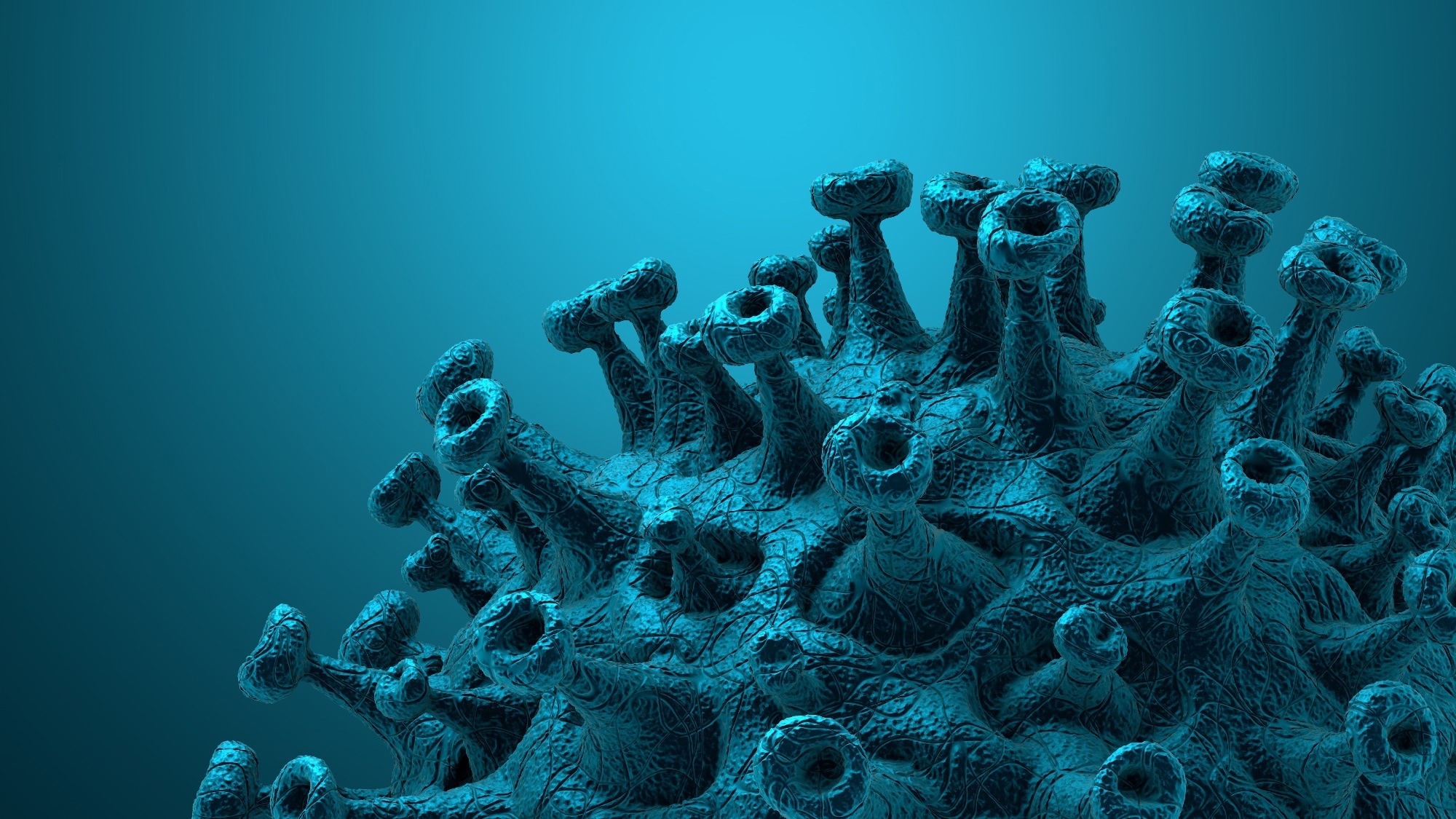In a recent study posted to the bioRxiv* preprint server, researchers characterized the efficacy of Grignard Pure™ (GP) in inactivating MS2 bacteriophage. This non-enveloped viral microbe has been used widely as a severe acute respiratory syndrome coronavirus 2 (SARS-CoV-2) surrogate.

To minimize exposure to SARS-CoV-2 and reduce coronavirus disease 2019 (COVID-19) incidence, it is essential to develop additional protection layers. GP is a mixture of triethylene glycol (TEG), propylene glycol and water designed to provide continual antimicrobial treatment for air. However, the efficacy of TEG against airborne pathogenic organisms needs to be investigated.
About the study
In the present study, researchers investigated the rate of MS2 (ATCC 15597-B1) inactivation by undiluted GP.
Experiments were conducted to measure the reduction in airborne concentrations of viable MS2 in the presence of several GP concentrations that ranged between 0.02 mg/m3 and 0.5 mg/m3, The corresponding concentration range of TEG was between 0.01 mg/m3 and 0.29 mg/m3 from 60 minutes to 90 minutes, taking into account the natural die-off and settling (NDOS) of MS2.
The experiments were conducted at two laboratories by either the introduction of aerosolized GP into MS2-containing air or by the introduction of MS2 into aerosolized GP-containing air. GP aerosols were obtained using vaporizers or nebulizers for a single, short burst of GP (four seconds) or for controlled time release of GP, wherein GP was injected periodically to maintain a defined concentration.
The mass concentrations of aerosolized GP were correlated with the total TEG concentrations (vapor and aerosol) in the air. Escherichia coli in 109 colony-forming units (CFU)/mL concentrations and MS2 in >1011 plaque-forming units (PFU)/mL concentrations were used as hosts for all experiments. PFU counts in the samples were converted to airborne concentrations (PFU/m3).
The two labs employed marginally different protocols for virus preparation and different initial MS2 concentrations. The first lab used 3.4 x 108 PFU/m3, whereas the second lab used 6.7 x 1010 PFU/m3. Further, GP was also assessed by the United States (US) environmental protection agency (EPA) office of research and development between May and June 2021.
Results
By the four-second GP burst, viable MS2 concentrations were reduced by 30% (0.2 log) at 0.5 minutes and reached 90% (>1 log) at 60 minutes due to NDOS. Gross MS2 inactivation observed was 99.9% (three logs) at the 0.5-minute time point and 99.99% (four logs) at 15 minutes and 60 minutes. The net decrease of 2.6 logs in aerosolized MS2 concentration was observed at 0.5 minutes post-GP treatment.
At 15 minutes, the first lab found a net decrease of 2.9 logs in viable MS2 concentration, whereas that reported by the second lab was 3.2. After one hour of GP therapy, both the labs reported a marginally lesser net reduction compared to those observed at 15 minutes (2.4) by the first lab and 3.0 by the second lab. Data obtained from both the labs were found to agree well with each other.
The overall log reductions at 0.5 minutes and 15 minutes were 2.6 and 3.0, respectively, indicating the elimination of 99.9% of MS2. The log decreases in viable MS2 concentrations and GP therapy showed statistically significant differences.
Controlled release GP showed high efficacy with yields of 1.0 to 2.5 net log reductions in viable MS2 concentrations among samples initiated 30 seconds after GP therapy. Among samples obtained, the overall log reductions ranged between 2.0 (corresponding concentration of TEG was 0.06 mg/m3) and 3.1 (corresponding concentration of TEG was 0.29 mg/m3).
For the 0.5-minute and the 15-minute time points of sampling, the inactivation was higher with greater TEG concentrations. At 60 minutes sampling time, the overall log reduction was either same (TEG concentration = 0.06 mg/m3), higher (TEG = 0.19 and 0.24 mg/m3) or marginally reduced (i.e., TEG = 0.29 mg/m3). Pooling all data together, irrespective of GP concentrations, the log decrease in MS2 concentrations post GP therapy showed statistically significant differences compared to the log decrease in airborne viable MS2 concentrations due to NDOS for all three selected time points.
At the 15-minute time point of sampling, the reductions noted at the US EPA were 96% and 99.8% (1.3 logs and 2.6 logs), comparable between the two labs. Both the testing scenarios showed a greater percent decrease of viable MS2 counts over time. At 60 minutes, US EPA testing reported a 98% (1.6 log) decrease, and the first lab reported a 99.8% (or 2.7 log) decrease. The second scenario data showed similar trends in MS2 concentration reductions at the second lab and the US EPA.
To conclude, the three sets of experiments highlighted the efficacy of GP (at concentrations of 0.02 mg/m3 to 0.5 mg/m3 corresponding to TEG concentrations of 0.01 mg/m3 to 0.29 mg/m3) against airborne viruses such as MS2 bacteriophage, a surrogate for SARS-Cov-2. GP could be safely used as an added layer of protection as an antimicrobial agent to prevent airborne transmission of pathogens in indoor spaces.
*Important notice
bioRxiv publishes preliminary scientific reports that are not peer-reviewed and, therefore, should not be regarded as conclusive, guide clinical practice/health-related behavior, or treated as established information.
- Grishma Desai et al. (2022). The efficiency of Grignard Pure™ to inactivate airborne SARS-CoV-2 surrogate. bioRxiv. doi: https://doi.org/10.1101/2022.08.19.504307 https://www.biorxiv.org/content/10.1101/2022.08.19.504307v1
Posted in: Medical Science News | Medical Research News | Disease/Infection News
Tags: Bacteriophage, Coronavirus, Coronavirus Disease COVID-19, covid-19, Efficacy, Research, Respiratory, SARS, SARS-CoV-2, Severe Acute Respiratory, Severe Acute Respiratory Syndrome, Syndrome, Virus

Written by
Pooja Toshniwal Paharia
Dr. based clinical-radiological diagnosis and management of oral lesions and conditions and associated maxillofacial disorders.
Source: Read Full Article
